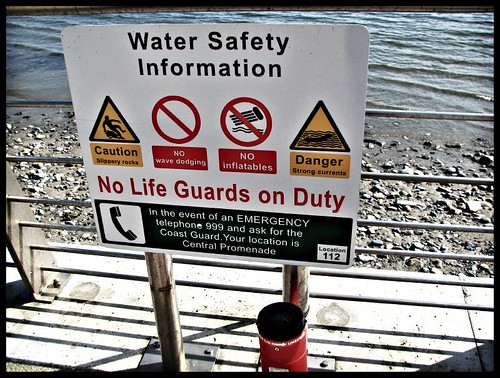Getting out in the summer usually means one thing: water. It’s the only good way to beat the heat; after all, the cooling effects of water beat out even air conditioning when you consider how efficiently water can take heat from your body. And considering summer is the one time water is most comfortable, it’s not crazy that we have most of our outdoor fun during the summer in water-related activities like swimming, surfing, and water parks.When it comes to kids, however, safety is an even more important issue to consider.

After all,kids are risk-takers; they love to push their limits and often believe in their own skills more thanthey should. This means that water safety for kids should be number one on the mind of parents who are in charge of ensuring that their kids remain safe. Knowing this is not even half the battle, however. You also need to know how to look out for a child’s safety, particularly if you end up in a spot where you’re not watching only your own kids but someone else’s kids. So what can you do?
Master the Safety Minimums
One good way to get started in ensuring that your kids can have fun and remain safe is to educate yourself about child water safety. You don’t need to be an ER doctor to handle the kinds of situations that might arise. Instead, here are the types of things you should know before being
comfortable supervising children:
• Administering CPR – including to babies
• How to use rescue equipment properly: plastic ring buoys, reaching poles, first-aid kits,
etc.
• Knowing your environment and potential safety hazards: for example, small children can drown in very small areas
Once you know your water safety, you should feel better about letting kids play in the water
when you’re around. But there’s another element here: the kids themselves. You can be safe all
you want; it won’t prevent kids from taking unnecessary risks.
Teaching Children Safe Practices
Admittedly, getting a child to listen to your advice can be like throwing a paper airplane at the ocean. But if you want to keep children safe, you’ll have to start at the source: their own behavior. This means educating them about water risks, including:
• Avoiding running near a pool – a major safety hazard
• Not jumping into a pool from too high
• Staying close to shore – and to adults – when swimming in the ocean
Not all children will always listen to you, which is why you need to keep regulating these behaviors as you see them occur. Have a zero tolerance policy for safety; if kids don’t want to swim in a safe way, then they don’t get to swim.
Put it all together and you’ll feel much better about your own capabilities in watching children indulge in water sports around you. Do your best not only to educate yourself but to tell children about safety without it feeling like a lecture.
Neville Luff is a marketing strategist for Zoggs, which offers a variety of swimming goggles as well as swimwear. Check out their website here: http://www.zoggs.com/
